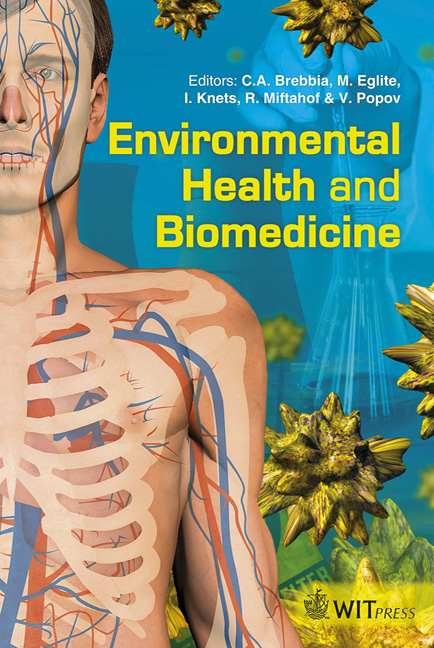Modeling Vapor Intrusion Processes And Evaluating Risks Using Subslab Data
Price
Free (open access)
Transaction
Volume
15
Pages
11
Page Range
115 - 125
Published
2011
Size
3,203 kb
Paper DOI
10.2495/EHR110111
Copyright
WIT Press
Author(s)
E. M. Suuberg, Y. Yao, R. Shen, O. Bozkurt & K. G. Pennell
Abstract
This paper considers the significance of observed subslab contaminant concentrations on the vapor intrusion process. In field measurements, there is observed wide variability in the ratio of indoor air contaminant concentration to subslab contaminant concentration. Here various aspects of the relationship of subslab concentrations to indoor contaminant levels are explored using a threedimensional fluid dynamics model of the process. Subslab concentrations are determined mainly by diffusional processes and they are reasonably uniform across the subslab for buildings on homogeneous soils (with no significant advective subsurface disturbance). Also, subslab concentrations do not determine the main mode of contaminant entry into a structure (advection or diffusion), and widely different contaminant entry rates can be obtained with very similar subslab concentrations, depending upon whether the soil type supports advection or not. Keywords: vapor intrusion, numerical modeling, subslab. 1 Introduction One of the indoor air quality issues currently receiving increasing worldwide attention is that of vapor intrusion. The vapor intrusion problem is similar to that posed by radon, except that the source of the vapor in this case is anthropogenic, as opposed to natural. This also leads to differences in the nature of the phenomena. In non-radon vapor intrusion, the source is typically groundwater, and the problem is therefore often related to a plume of contaminated groundwater. Contaminants of concern include both chlorinated hydrocarbons
Keywords
vapor intrusion, numerical modeling, subslab





